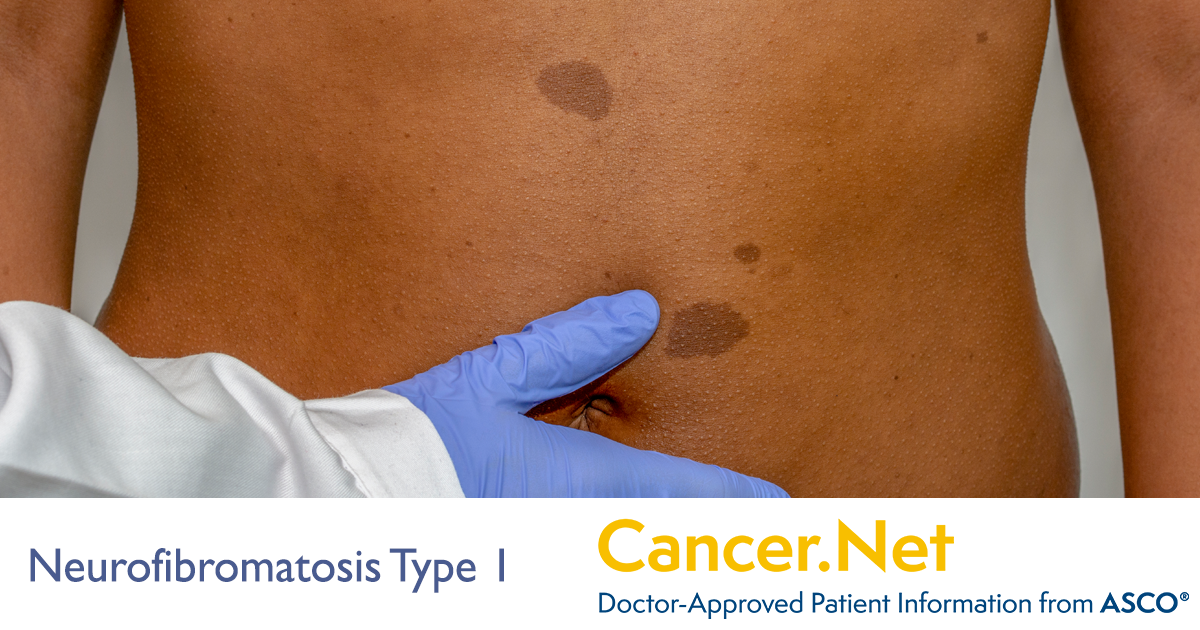

Only one parent needs to have the faulty gene for their child to be at risk of developing the condition. In half of all cases of NF1, the faulty gene is passed from a parent to their child. If the NF1 gene is faulty, it leads to uncontrolled growth (tumours) developing in the nervous system. Read more about the symptoms of neurofibromatosis type 1 Causes of neurofibromatosis type 1 Less commonly, NF1 is associated with a type of cancer known as malignant peripheral nerve sheath tumours.
#TYPE 3 NEUROFIBROMATOSIS SKIN#
soft, non-cancerous tumours on or under the skin (neurofibromas).birthmarks known as café au lait spots, which are light or dark brown patches that can be anywhere on the body.

In most cases, the skin is affected, causing symptoms such as: The severity of the condition can vary considerably from person to person. NF1 is a condition you're born with, although some symptoms develop gradually over many years.

It's covered separately as it has different symptoms and causes. Neurofibromatosis type 2 (NF2) is much less common than NF1. The tumours are usually non-cancerous (benign) but may cause a range of symptoms. Neurofibromatosis type 1 (NF1) is a genetic condition that causes tumours to grow along your nerves.


 0 kommentar(er)
0 kommentar(er)
